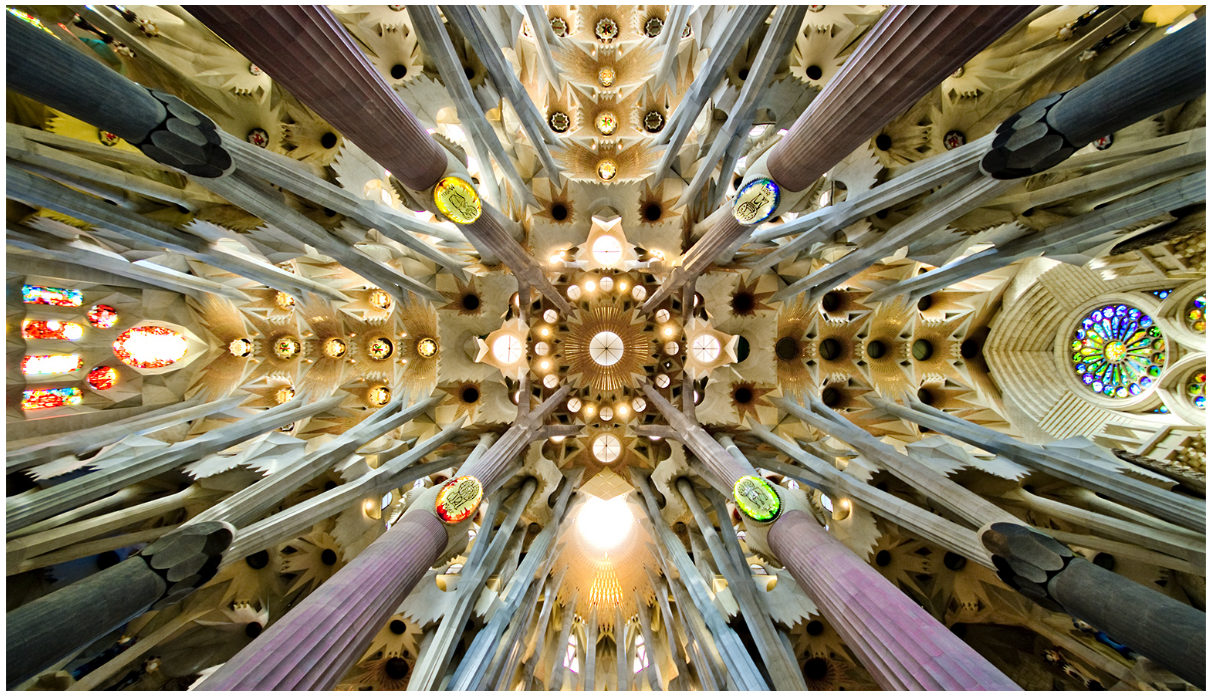7 Complex Shapes
So far we have only dealt with curves and simple solids. In this section we will discuss more complex shapes created from the combination of simpler shapes. As we will see, these combinations are often used in architecture.
This figure illustrates the temple of Portunus (also known, erroneously, as temple of Fortuna Virilis), a construction from the 1st century BC, characterized for using columns, not as a structural element, but only as a decorative one. To do so, the architects considered a union between a structural wall and a set of columns, so that the columns would be embedded in the wall. This same approach is visible in other monuments such as, for example, the Coliseum of Rome.
Temple of Portunus in Rome, Italy. Photograph by Rickard Lamré.
In the case of the building visible in this figure, authored by Rojkind Arquitectos, an innovative shape was created through the subtraction of spheres to parallelepiped shapes.
Nestlé Application Group in Querétaro, Mexico. Photograph by Paúl Rivera - archphoto.
This figure illustrates a third example: the Sagrada Família basilica, by the Catalan architect Antoni Gaudí. As we will see in section Gaudí’s Columns, some of the columns idealized by Gaudí for this masterpiece result from the intersection of twisted prisms.
Columns of the Sagrada Família basilica in Barcelona, Spain. Photograph by Salvador Busquets Artigas.


